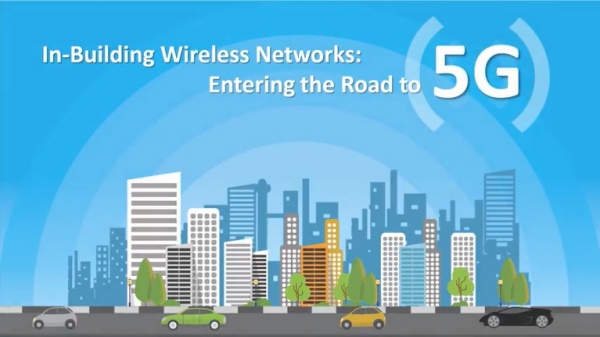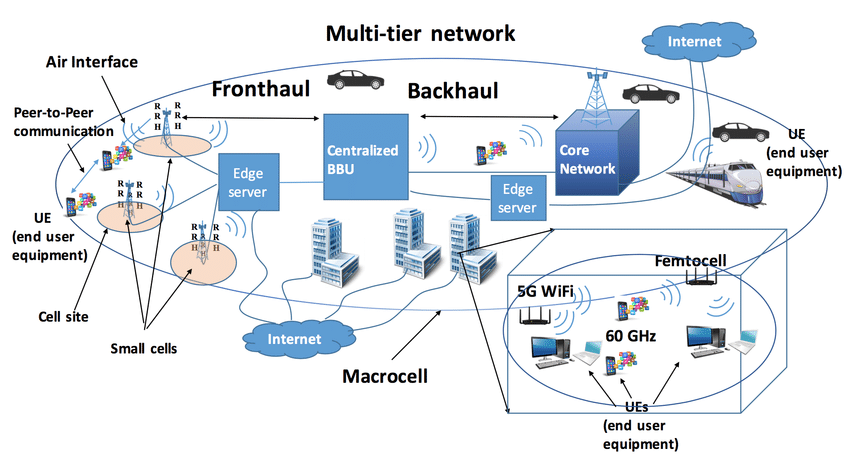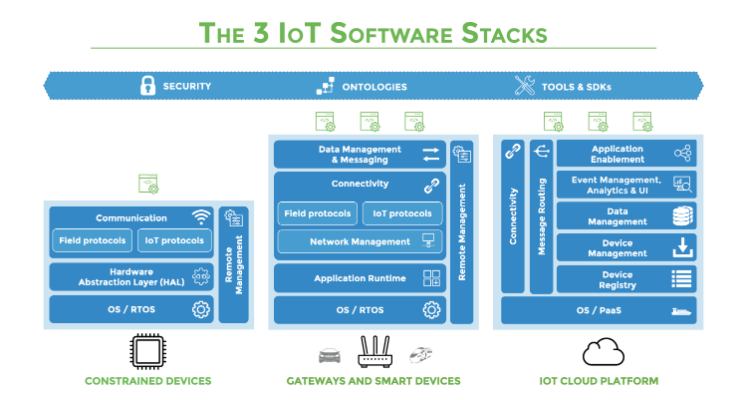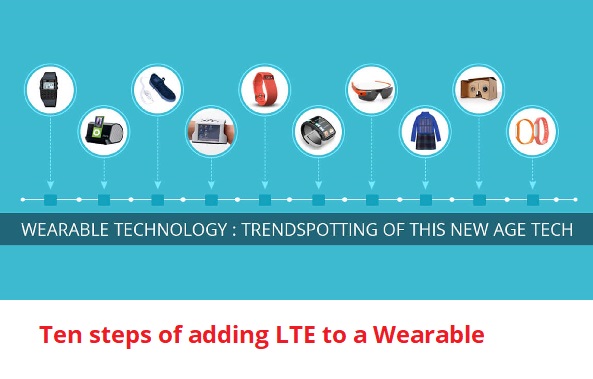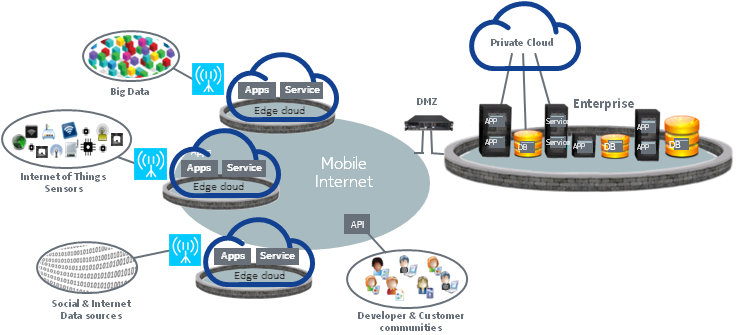Executive Summary Less than 5% of commercial buildings have In-Building Wireless (IBW) solution installation. Without In-Building wireless installation, property managers,…
5G race has already started. There is talk of USA vs Pacific (China / Japan / S. Korea) competition for…
A typical IoT solution is characterized by many devices (i.e. things) that may use some form of gateway to communicate…
Adding LTE to a Wearable is not as easy as adding Bluetooth to a Wearable. Mobilestack Inc has deep experience…
Mobile applications are adopted and growing for every industry and market segment such as entertainment, business, education, health care, social networking,…
